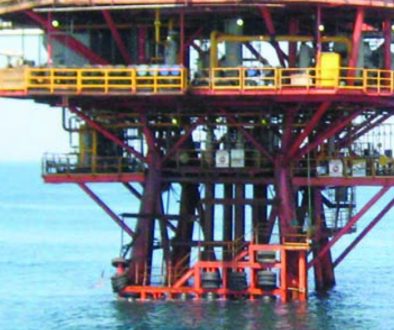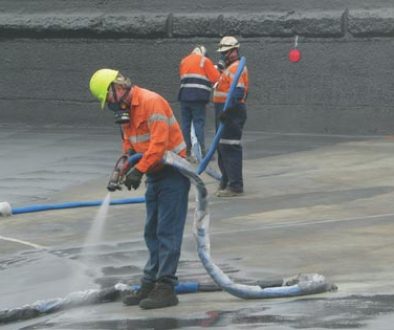Hewey Life Rafts
![]()

Reducing the Cost of Replacing Life Rafts
Safety is a vital aspect of all activities taking place in a maritime environment. A key component of this is effective and safe operation of life rafts. A variety of companies provide training in life raft handling for offshore rig and platform personnel, helicopter pilots and the crews of ocean-going vessels.
One common training scenario is that of a helicopter ditching at sea. A mock-up of a helicopter cabin is suspended above a diving pool and dropped sideways into the water. Trainees have to get out of the helicopter and into a deployed life raft. These courses often run several times a week, throughout the year.
Life rafts are designed to be deployed only in an emergency, so deployment dozens of times a year for training purposes means conventional canvas-lined rafts have a limited life span. To reduce the cost of continually replacing training rafts, Dreamboats WA (part of DSBC Pty Ltd) designed and constructed a non-inflatable alternative called “Hewey”. This training raft comprises cylindrical, closed-cell foam sections coated in 2mm thick spray-applied Rhino TUFF STUFF.
Hewey Training Rafts are OPITO Approved and Shipped Worldwide
 “Hewey” training rafts have an expected lifespan of at least five years. Being solid foam there can be no leaks which virtually eliminates most maintenance requirements and allows continual use in the training environment: a huge cost saving for those organisations that run survival training courses in the oil, gas and aviation industries. The solid life rafts have been approved by OPITO (Offshore Petroleum Industry Training Organisation UK) for practical use providing the organisation has a conventional aviation life raft for viewing purposes.
“Hewey” training rafts have an expected lifespan of at least five years. Being solid foam there can be no leaks which virtually eliminates most maintenance requirements and allows continual use in the training environment: a huge cost saving for those organisations that run survival training courses in the oil, gas and aviation industries. The solid life rafts have been approved by OPITO (Offshore Petroleum Industry Training Organisation UK) for practical use providing the organisation has a conventional aviation life raft for viewing purposes.
“Hewey” training rafts are similar in appearance to a traditional reversible aviation life raft and can be customised to match any life raft used in existing training courses. Sized to fit into a standard 20ft shipping container, “Hewey” training rafts are now shipped worldwide from the manufacturer’s Fremantle factory.
RLA has been working with polyurethanes since the early 1990s and now manufactures a range of consistent formulations in Australia which are suitable for a variety applications. “Many people do not know that spray-applied coatings are a very versatile and adaptable method for protecting a range of flexible structures,” Baker added.
Whereas epoxies and paints form a solid shell, the flexibility of polyurethane coatings allows them to move with the expansion and contraction of the underlying structure and as temperatures change.
Rhino Linings Australasia Pty Ltd (RLA) was formed in 2000 and established manufacturing and distribution capabilities for the region. RLA manufacturers its spray applied coatings in Australia and can draw on the more than 30 years experience of its American parent. The company sources all its materials from local suppliers except for some very specialised chemicals which are imported from America.
Contact Rhino Linings if you have any queries regarding our product or interested in becoming a Rhino Approved Applicator


